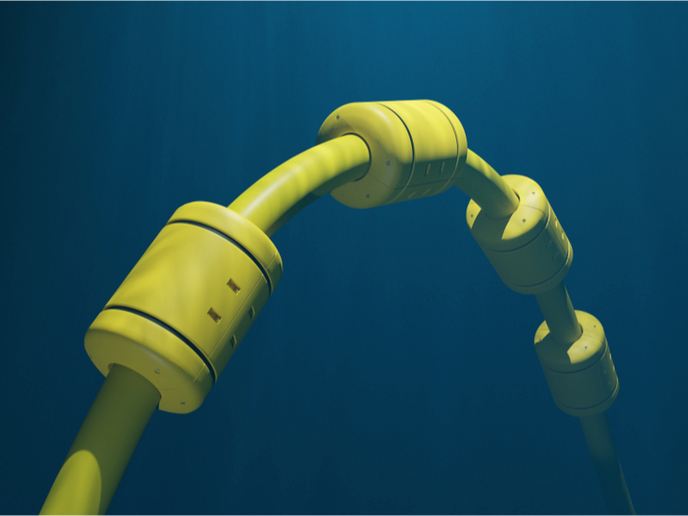Pollution-fighting fabric could transform urban environment
Air pollution remains a critical challenge, especially in built-up urban areas. The World Health Organization (WHO) estimates that 4.2 million people die prematurely per annum because of diseases associated with poor air quality. Furthermore, 91 % of the world’s population live in places where air pollution exceeds WHO guideline limits. In Europe alone, poor air quality is responsible for over 390 000 premature deaths every year. Tackling this problem has become a political priority. The European Green Deal Investment Plan hopes to attract at least EUR 1 trillion worth of public and private investment over the next decade, with a key focus on developing environmental remediation technologies. An innovative fabric material capable of passively cleaning air is a case in point. This fabric is able to neutralise pollutants like carbon dioxide (CO2) and nitrogen oxide (NOx) when exposed to sunlight, through a process known as photocatalysis. “The fabric is treated with a nanoparticle solution that gives it photocatalytic activity,” says CLEAN-Photo-TEX project coordinator Marc Ponsa, CEO of Etisilk, Spain. “Depending on the photocatalyst selected, even CO2 can be removed from the air. The fabric only needs sunlight to function and can effectively go on removing pollution for years.”
Pollution-tackling fabric
Ponsa learned about this innovative technology through AEI Tèxtils, the Catalan cluster for technical textile businesses. “We thought this would be ideal for our fabrics, which are always under the sun,” he explains. The main activity of Etisilk, a small family company located near Barcelona, Spain, is weaving and finishing fabrics for parasols and outdoor furniture. The 6-month CLEAN-Photo-TEX project, launched in August 2019, focused on assessing the viability of the innovation. The project looked at how Etisilk could incorporate the technology into its product line, and ultimately how it could be successfully commercialised. “Thanks to this project, we were able to select a number of suppliers and technology partners to carry out trials,” says Ponsa. “We conducted some small-scale tests, with a view to scaling up production.” During this process, Ponsa and his team learned that different photocatalytic functionalities could be achieved, enabling the production of fabrics focused specifically on the removal of a particular pollutant. “We have built up a library of materials that allows us to better adapt the functionality of our products to different needs and environments,” explains Ponsa. “This means that we can provide different grades of finishing aimed at, say, tackling CO2, particulate matter or NOx.”
Urban environment potential
Ponsa is confident that photocatalytic technology-embedded fabrics could prove to be an elegant and stylish solution to tackling pollution in the urban environment. Following completion of the CLEAN-Photo-TEX project, Ponsa and his team are looking to scale up production and contact potential commercial partners. The next steps include real-life tests on parasols and outdoor furniture. “We see huge potential in scaling up production of these pollution-tackling fabrics,” he notes. “In fact, our focus now is on refocusing our business on this disrupting technology. We predict that within 2 to 4 years, all of our current customers will be using this.” New homes for example could incorporate the technology, while the fabric could be introduced into newly refurbished office and residential buildings. “There is also potential to renovate the exterior of buildings with panels of treated photocatalytic textiles,” adds Ponsa.
Keywords
CLEAN-Photo-TEX, pollution, environment, urban, cities, fabric, pollutants, CO2, WHO, photocatalytic







